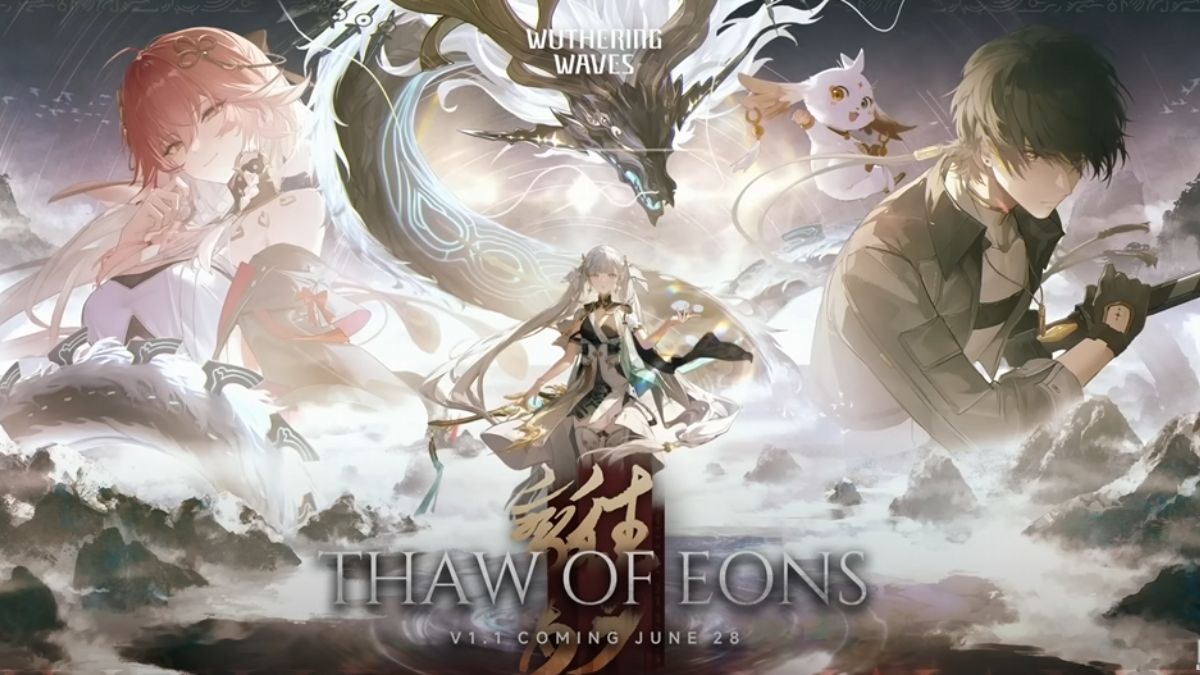The DICE Summit is in full swing in Las Vegas and the keynote presentation, “Storytelling Across Platforms: Who Benefits Most, the Audience or the Player?” was presented by Hollywood film director J.J. Abrams and Valve head, Gabe Newell.
But there was significant evidence to suggest their collaboration will extend far beyond just sharing a podium.
Abrams is evidently keen to ply his craft in the realm of video games, stating that, “There’s an idea we have for a game that we’d like to work with Valve on.” and although no solid announcements were made, clearly the Half-Life and Portal IPs are on the table, with Newell saying, “We’re going to figure out if we can make a Portal movie or Half-Life movie together.”
 This is an exciting turn-around, considering that in 2010, Gabe Newell had all but ruled out a Hollywood collaboration in an interview with PC Gamer, in which he explained why they would only consider producing a movie themselves;
This is an exciting turn-around, considering that in 2010, Gabe Newell had all but ruled out a Hollywood collaboration in an interview with PC Gamer, in which he explained why they would only consider producing a movie themselves;
“Where we got into this direction was after Half-Life 1 had shipped. There was a whole bunch of meetings with people from Hollywood. Directors down there wanted to make a Half-Life movie and stuff, so they’d bring in a writer or some talent agency would bring in writers, and they would pitch us on their story. And their stories were just so bad. I mean, brutally, the worst. Not understanding what made the game a good game, or what made the property an interesting thing for people to be a fan of.”
So it seems Abrams has won Newell over with his understanding of Half-Life and Portal, which are both set in the same universe.
Weaving the Narrative
The presentation was focused on the themes of character, storyline and the tricks used to draw the player and/or audience in. The two storytellers weighed up the strengths of each medium, comparing and contrasting techniques used in both films and games.
In the Half-Life series, the main character Gordon Freeman’s trademark silence is well handled as a tool to allow the player to subconsciously imprint his own personality on the narrative, but it does have its limitations as a storytelling device, as Abrams discussed;
 “Players are often asked to relate to empty vessels, characters that don’t communicate behaviour in a way that you would. It’s as frustrating in a lot of ways, but at least in films we can have compelling scenes and dialogue.”
“Players are often asked to relate to empty vessels, characters that don’t communicate behaviour in a way that you would. It’s as frustrating in a lot of ways, but at least in films we can have compelling scenes and dialogue.”
The need to lead games players or the audience along and draw them in was a key point. The techniques used in effective cinematic storytelling is something that few games achieve well, but Half-Life is certainly among those which do. Abrams looked at how this integration is achieved in both media.
“We’re always trying to hide the machinery. Whether it’s a hierarchy system in games where people think they have free will but are actually being led to specific points. Movies have moments that feel real, but they’re like a magic trick. Misdirection. Movies can hide that machinery. They can set things up so you care. If you don’t care about the characters, nothing matters. No space ship, no explosion, no anything is important if you don’t feel something for the people involved.”
Master Craftsmen
 Both Abrams and Newell have proven to be masters at using their respective platforms to engage their audiences, focusing on individual characters whilst simultaneously delivering a story of a much broader scope.
Both Abrams and Newell have proven to be masters at using their respective platforms to engage their audiences, focusing on individual characters whilst simultaneously delivering a story of a much broader scope.
Abrams’ Bad Robot production studio has delivered TV series such as Alias, Lost and Fringe as well as co-producing with Paramount Pictures on movies including Cloverfield, the rebooted Star Trek and it’s forthcoming sequel Star Trek Into Darkness, Mission Impossible III, Mission Impossible – Ghost Protocol and others. Abrams has also been announced as the director for a Star Wars sequel slated for a 2015 release. Abrams’ keen eye for characterisation and narrative development amid chaotic and turbulent events is unquestionable.
 Newell’s slow-burning Half-Life saga has been one of the most enduring and engaging stories in single-player gaming history, with cinematic tropes used throughout the series so far. Characters such as the old friend Barney and the father-daughter relationship of Alex and Eli Vance were charmingly portrayed and used effectively to make the player care. This paradigm, set to the backdrop of the planet-wide occupation by a fascistic alien regime is nothing short of compelling.
Newell’s slow-burning Half-Life saga has been one of the most enduring and engaging stories in single-player gaming history, with cinematic tropes used throughout the series so far. Characters such as the old friend Barney and the father-daughter relationship of Alex and Eli Vance were charmingly portrayed and used effectively to make the player care. This paradigm, set to the backdrop of the planet-wide occupation by a fascistic alien regime is nothing short of compelling.
The idea of J.J. Abrams getting his hands on Gordon Freeman’s world in some way is certainly exciting, and both Abrams and Newell have shown they are not frightened of breaking new ground. Perhaps if what they plan to deliver is truly something that works “across platforms”, we could be set to see – and play – something really special.
Header Image: AIAS






Published: Feb 7, 2013 09:58 am